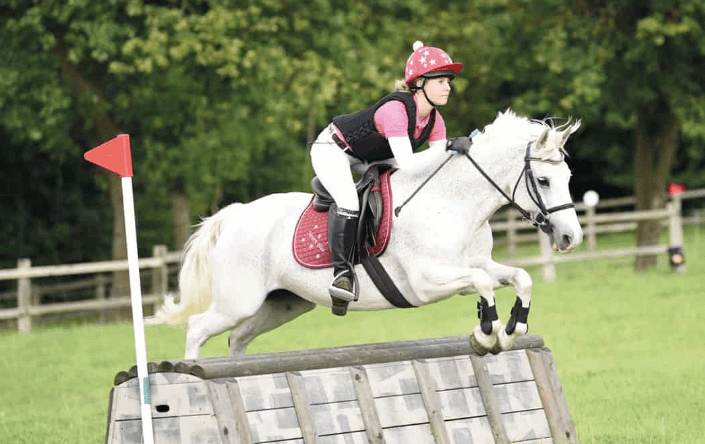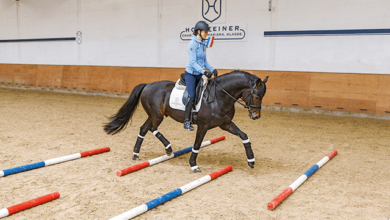What are the Different Types of Jumps in Cross-Country Riding?

Cross-country riding combines speed, skill, and stamina, making it one of the most thrilling equestrian sports. It requires both horse and rider to navigate a course with various obstacles, with jumps being a significant component. In this article, we’ll explore the different types of jumps found in cross-country riding, offering insights into their challenges and how best to approach them.
Understanding Cross-Country Riding
Cross-country riding is a test of endurance and agility that forms part of the triathlon of equestrian sports known as eventing. It is designed to mimic the challenges one might face while riding across country, from jumping over logs and streams to scaling steep inclines and more. The objective is to complete the course within a set time and with as few penalties as possible, demanding a high level of precision and partnership between the horse and rider.
The Significance of Jumps in Cross-Country Riding
In cross-country, each jump is designed to test different aspects of a horse’s and rider’s abilities. From simple logs to complex water jumps, these obstacles require careful training and strategy. They not only challenge the physical capabilities of the horse but also test the rider’s skill in strategy and control.
Types of Jumps in Cross-Country Riding
Verticals (Uprights)
Verticals or uprights are straightforward yet demanding, featuring poles set between two upright supports. They require the rider to maintain a straight approach and precise timing, as these jumps provide little margin for error.
Oxers
Oxers are broad jumps that demand power and bravery from the horse. They are composed of two or more bars set at varying distances and heights, challenging the horse to clear both the height and width.
Brush Fences
Brush fences are less intimidating in appearance but can be deceptive. They consist of a frame filled with brushwood, allowing some flexibility when jumped. The key challenge here is encouraging the horse to respect the jump and not just push through the brush.
Open Ditches
Open ditches are wide gaps that must be jumped across. They test the horse’s willingness to leap into open spaces without hesitation, requiring a bold and confident approach.
Trakehners
Trakehners are logs placed over a ditch. The combination of a solid obstacle with a clear gap underneath makes this jump particularly challenging, requiring horses to have both courage and careful footing.
Water Jumps
Water jumps can vary from small puddles to large lakes. These jumps test the horse’s bravery and the rider’s ability to maintain momentum and direction upon entering and exiting the water.
Banks
Banks involve jumping onto or off of elevated terrains. These require excellent balance and control to manage the sudden change in elevation without disrupting the horse’s rhythm.
Coffins
Coffins are considered one of the most psychologically challenging jumps, consisting of a ditch flanked by one or more fences. Precision in stride and timing is crucial to successfully navigate this obstacle.
Corner Jumps
Corner jumps require an accurate and angled approach due to their triangular shape, making them one of the most technical jumps on the course.
Skinny Jumps
Skinny jumps are narrow obstacles that test the accuracy and focus of both horse and rider. Misalignment can easily lead to a refusal or knock-down.
Training for Different Types of Jumps
Training for cross-country jumps requires a varied regimen that builds both the physical capabilities and mental resilience of the horse. Progressive training, starting with simpler jumps and gradually introducing more complex configurations, helps build confidence and skill.
Strategies for Approaching Jumps
Successful navigation of cross-country jumps involves more than just physical preparation. Riders must also strategize their approach, manage pacing, and ensure they and their horses are mentally prepared for the task. This includes walking the course beforehand, understanding the placement and demands of each jump, and developing a clear plan for each segment of the course.
Safety Considerations in Cross-Country Riding
Safety gear is paramount in cross-country riding. Helmets, body protectors, and properly fitted tack are essential to minimize risks. Regular training and proper conditioning of the horse also play a crucial role in ensuring safety.







